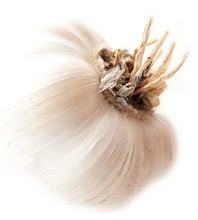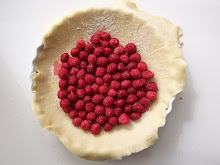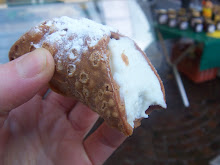
The past few weeks have been hectic to say the least.
Still recovering from the copious amount of food (mainly gluten based baked goods), and since I chose a career path based on me eating, a day off is a rarity. Food is work and I’m happy to earn my bread, literally. Food, however, is all consuming and, and so my blog seems to be paying the price…
Its not all fun and games, as a short recap of some of my culinary adventures in the past few weeks reveals.I made another trip up north to Matat for work, always a highlight. This time I was mainly in the kitchen cooking for a photo shoot, and eating it all, which goes without saying. On the way back, and since we simply had to have dessert after a day of roasted, cooked and baked lamb, chicken, bread, casseroles and stews, we stopped in Kfar Yasif and found an ‘off the beaten track’ local patisserie for what was possibly the best halva Baklava I’ve had and exceptional Knafe. Nothing short of corrupt indulgence.
Last week was also our (Adi, Dafi and me) second meeting with the kids at ‘Shaked’ preliminary school in Ra’anana, as part of the year long ‘Garden to plate’ gastronomy workshop. This week’s theme was mother earth and, once we had finished reading a variety of mythological stories about her, and a short working session at the vegetable garden we set up, we prepared miniature plant pots inspired by Noma’s recipe, simplifying it to fromage blanc covered in savoury granola ‘earth’ and radishes from the farmers market.

Some don’t like cheese, others may take a dislike to radishes but then there was the kid that told me he hates radishes with a passion but he ate this one and liked it. If that doesnt make it all worth while I dont know what does. I feel how little by little, we're taking part in something bigger and helping to make difference as small as it may be. It’s the reason I do what I do and this is the place it all comes together.
Food is as a tool, a communicator and a creative outlet. It tastes good and it feels even better.
It’s the season for heavy casseroles, comforting meals that fit in a bowl, can be eaten with a spoon, thirsty for a dribbling poached egg.
This is one I made earlier.

Chickpeas and spicy merguez salad
(serves 2-4)
Ingredients
500gram chickpeas, soaked over night in water, rinsed and strained
3-4 sage leaves
1 garlic clove
6 merguez sausages, cut to bite size pieces
¼ curry powder
2 garlic cloves, peeled and chopped finely
2-3 tbs olive oil
¼ cup dried cranberries
coriander leaves, washed
¼ cup hazelnuts, roasted and chopeed coarsely
sea salt, to taste
White peppercorns, to taste, freshly ground
1 lemon, juiced
Place the chickpeas in a large sauce pan with the sage leaves and the the garlic clove. Cover with plenty of water and bring to a boil.
Use a spoon to remove the foam from the top surface, reduce to a low heat and cook until the chickpeas are soft but firm, about 1 hour.
When they are ready, strain and set aside.
Prepare the sausages:
Heat an iron skillet and fry the merguez until they turn a deep colour and covered in burn marks. You don’t need to use any oil since the merguez are oily as it is. Drain on a paper towel to remove excess fat.
Alternatively, these can be oven baked, placed on a baking tray and browned in an oven preheated to 200C, around 5 minutes.
In a dry saucepan, fry the fenugreek seeds and the curry powder until the aroma is released.
Remove from the heat and stir in the olive oil.
To assemble the dish use a large bowl to mix the cooked chickpeas, merguez sausages, coriander leaves, cranberries and roasted hazelnuts.
Season with the spiced olive oil, lemon juice, salt and pepper.
Taste and adjust seasoning, if needed.
Transfer to a plate and serve drizzled with raw tahini, chopped nuts and more coriander seeds.
If you’re feeling up to it, serve with a freshly poached egg on top.





































